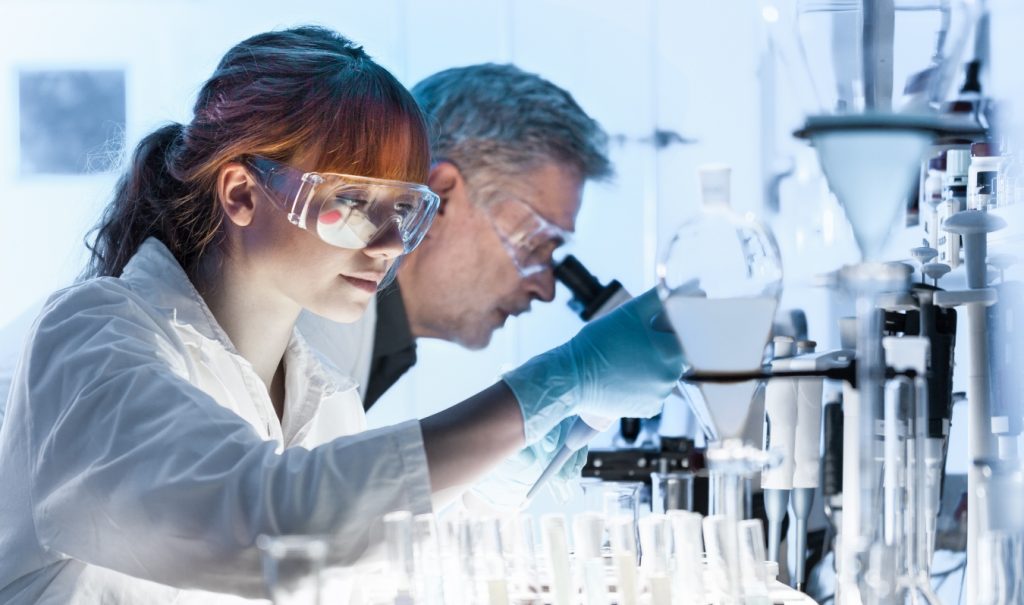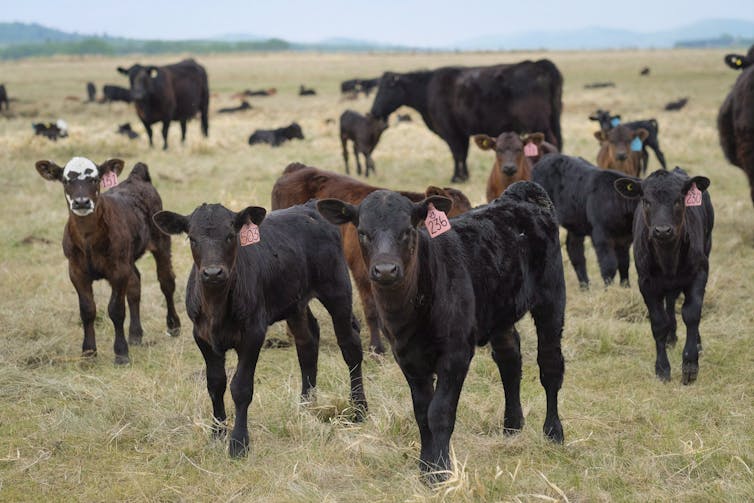Lab-grown meat could leave marginalized people in need

With lab meat technology still in its infancy, it’s a good time to consider the social and cultural challenges that may become more amplified in North American food systems with the advent of clean meats. (Shutterstock photo)
BY Sarah Duignan
March 26, 2020
Sarah Duignan is a PhD candidate at McMaster University and the host of AnthroDish Podcast. This article is republished from The Conversation under a Creative Commons license. Read the original article.
In the climate crisis era, one of the most revolutionary options to create more sustainable foods is lab-grown meats. These are meat products that are sometimes referred to as “clean meat” because they are grown from the stem cells taken from a live animal, but without the need for slaughter.
The world is facing a major food and water crisis, so the novelty of lab-grown meat provides an enticing and seemingly sustainable solution for North American meat consumption. But with this technology still in its infancy, it’s a good time to consider the social and cultural challenges that may become more amplified in North American food systems with the advent of clean meats.
In order for lab-grown meats to truly mark a revolution in our North American food systems, more holistic explorations of how these products would interact with consumers and food producers is needed.
Clean meat & marginalized groups
As a medical anthropologist, I research how our culture and environment influence our health. While access to nutritionally whole foods is important for our physical health, food is also incredibly important for our mental and cultural health as well.
Barriers like racial discrimination reinforce systems that keep the distribution of power unequal. This impacts access to housing, fair earnings, health care and criminal justice. Hunger is a race issue: People of colour are more likely to be food insecure, regardless of income and education levels.
While food insecurity levels have fluctuated over the years for Americans and Canadians, Black households in Canada are almost twice as likely as white households to have trouble putting food on the table.
Read more:
Hey foodie, do you know where your meal came from?
The focus in discussions around the production of lab-grown meats is on their reduced environmental impact and lower reliance on antibiotics in livestock feed. This neglects the important considerations of affordability and who will have access to lab-grown meats.
Making lab meat is expensive
In 2013, the first cell-based burger was unveiled by Mosa Meat and cost €250,000 to make, or almost C$400,000.

While Future Meat Technology, a lab-grown meat start-up, is trying to get the price down to a commercial level, its timeline to meet this goal has changed from 2020 to more recently aiming for 2022.
Industrial livestock production focuses on producing affordable meats for growing populations. So if we want to challenge the unethical food production in factory farms, shouldn’t we also consider the impact these shifts will have on those who rely most on these cheap and accessible foods?
One of the main selling points for lab-grown meat is that there would be less need to clear-cut land for raising cattle and with that, less methane gas released from cows.
But this also means that cattle farmers may find themselves in similar trouble as dairy farmers. With dairy supplies consistently outweighing demand in a shifting consumer market, the dairy industry has seen a more than 50 per cent decline in licensed dairy operations in the U.S. from 2003 to 2019. Many smaller dairy operations found decreased demand and low prices in 2019 to be particularly challenging.
More collaboration needed
Lab-grown meat was born of the tech world and discussions around its production are kept relatively quiet. In keeping the production of this technology closed, it perpetuates the separation between the key players who are aiming to create a sustainable food future.
Farmers and land sovereigntists remain important players in our food systems. They have strong local and traditional knowledge of the land and how to grow food while keeping soil healthy. Breaking down the knowledge silos within the food system will help to make the production and distribution of lab-grown meats more resilient.

For lab-grown meat to work, it can’t be the sole solution to reducing our traditional meat consumption. Technology needs to work in support of traditional food production, in tandem with other ways of producing food — regenerative agriculture, plant-based protein production and Indigenous food sovereignty movements.
For example, one technology company developed a robotic weeder that uses machine learning to distinguish between crops and weeds. It then sprays only the weeds with herbicides to reduce the amount of harmful chemicals that end up on our plates.
Using a blend of traditional food production and thoughtfully applied modern technologies will help build more adaptive and resilient food systems. This will also help us to make affordable foods for a large amount of people.
Co-creating solutions in our food systems
Collaborations between farmers, researchers and other stakeholders will help to amplify solutions and mitigate the challenges we face in agriculture due to climate change.
There are examples of these collaborations beginning to form. In southern Ontario, there is a working demonstration farm called Ontario D.I.G. where farmers can learn how to integrate their skills and knowledge with new technologies.
This helps those working in agriculture gain access to resources around the world and demonstrates the melding of modern and traditional technology.
Climate change is already beginning to impact our agricultural systems. Building resiliency through collaboration across industries may be an important part of making our food systems not only more sustainable, but more equitable.
If lab-grown meat is truly supposed to be the next frontier in ethical eating, it’s important to consider what ethical values are prioritized in its creation — and who is most at risk of being left behind in the race to develop it.![]()
Sarah Duignan is a PhD candidate at McMaster University and the host of AnthroDish Podcast. This article is republished from The Conversation under a Creative Commons license. Read the original article.


